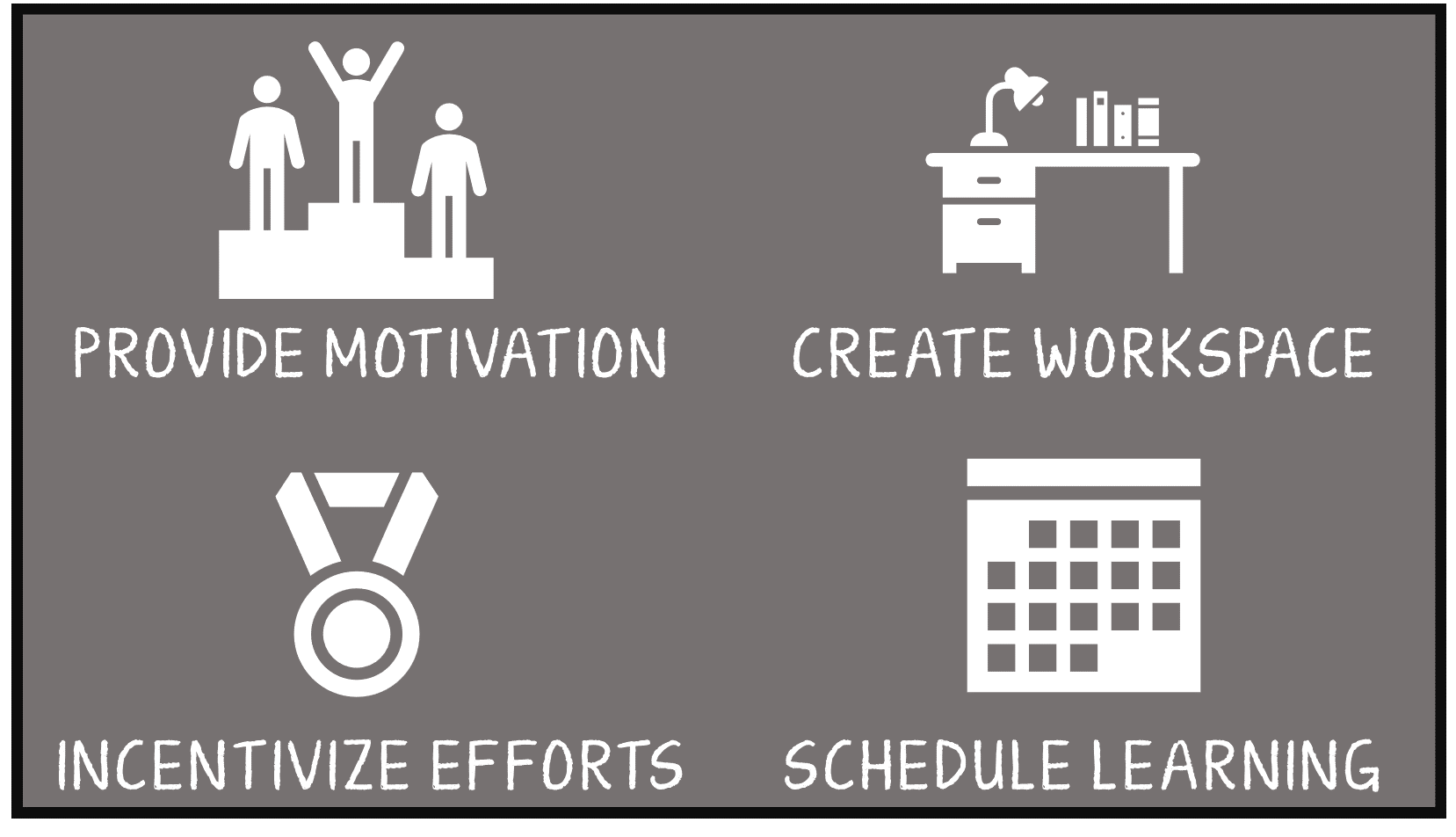The workforce is experiencing unprecedented change with stay-at-home orders and extended work-from-home environments. Not to mention those that are balancing working-from-home with school-aged kids, pets, roommates, and family members underfoot for long periods of time. In a near-future state with higher proportions of the workforce not coming into the office, it is critical for training managers and business leaders to view online training as not an alternative alone but in some cases, the primary form of learning delivery.
New research shows that for both businesses and professionals, seeing the productivity maintained or even increased during enforced remote work will have far-reaching impacts. National research conducted by IBM generating data from 25,000 adults in April 2019 reveals that COVID-19 has impacted perspectives and expectations for the workforce:
- 40% feel strongly that employers should provide remote work options post COVID-19
- 75% want to continue remote work
- 54% would like remote work to be primary form of work
On this page:

It’s important to understand that online learning can be used as a foundation for effective training. To maximize that talent investment, the business and the professional must take to heart key insights from higher education’s experience in online teaching for adults and from corporate trainings’ best practices.
Preparing Your Workforce for Online Learning
 Technology is not the most important aspect of online learning. Sure, good technology and interconnectivity have a big impact on online learning, but one should never lose focus of the people who are learning. How do you position online learning to your team or employee? Focus on the benefits to them and for the company, according to Inc.com’s Larry Alton. When the benefits are clear, you have a good foundation for real learning.
Technology is not the most important aspect of online learning. Sure, good technology and interconnectivity have a big impact on online learning, but one should never lose focus of the people who are learning. How do you position online learning to your team or employee? Focus on the benefits to them and for the company, according to Inc.com’s Larry Alton. When the benefits are clear, you have a good foundation for real learning.
Four other areas to include as you position your company or team’s employees for online learning include: provide motivation, create workspace, incentivize efforts, and schedule learning.
Provide Motivation
For some, training is stressful and can be associated with embarrassment; these are feelings that lead to reduced engagement and less productivity. Therefore, when you set up training or classes for your company or team, consider how to motivate employees to fully participate.
Communicate how “…narrowing skill gaps is a sign of strength that demonstrates a high degree of self-awareness and willingness to improve.” Foster a company culture that embraces growth, curiosity, and drive; where training is the opportunity to safely try new things. The same mindset that embraces change in the form of training, can be leveraged to help the business in times of uncertainty.
Studying for the PMP Exam?
Create Workspace
A great benefit of creating a productive and ergonomic space for your training is that it will be in place for your work from home efforts as well. If your company has ergonomic guidelines or support, be sure to share those links and communicate any resources to the employees completing online learning. When supporting a productive remote workspace, consider aspects such as monitors, keyboards, and technology.
Keeping in mind that your employee’s workspace may serve a dual purpose of the family kitchen table, there are some basic best practices that will help. The Occupational Safety team at NCSU provides tips for creating a safer work from home setting including:

Incentivize Efforts
Incentives can be powerful when used strategically. Rewards for finishing a class project first or signing up for the most classes do not benefit the employee or company. However, if you can connect successful application of new skills on the job to learning, that is a powerful opportunity for incentives. For example, finishing the Lean class project first should not be rewarded; demonstrating how applied Lean Six Sigma from class to save the company money should be rewarded. Also have a variety of incentives to reflect different achievements, such on-the-spot rewards, bonus vacation time, or recognition on work profile pages. The goal being to connect incentives to skill growth and application, not just class completion or attendance.
Schedule Learning
It is important that training has dedicated time within employee schedules. Include learning and class in working hours to emphasize the importance of it; block off time on calendars to prevent other meetings from pushing it to the side. Also consider that incorporating training into the normal workday will bring less resistance and add to the convenience of it.
The aspect of scheduling learning is also found in higher education. The University of Cincinnati and North Carolina State University, for example recommend to their adult students to set a schedule and keep to a routine to balance work and school.
Placing training events and learning time on work calendars is also a signal to others that professional development is valued and respected.
Business Benefits to Online Learners
As the COVID-19 pandemic is an evolving situation, companies must be flexible to survive. Recent Deloitte consulting research suggests that workforce strategies for recovery include focusing on workforce well-being, maximizing workforce contributions to shifting priorities, and rethinking workforce experiences. Online learning can play a critical role in your company’s workforce adaptation and recovery to ensure your have the needed skills and experience in-house.
Upcoming PMP Certification Training – Live & Online Classes
| Name | Date | Place |


 New Horizons
New Horizons
 Project Management Academy
Project Management Academy
 Six Sigma Online
Six Sigma Online
 TCM Security
TCM Security
 TRACOM
TRACOM
 Velopi
Velopi
 Watermark Learning
Watermark Learning
 Login
Login




 New Horizons
New Horizons
 Project Management Academy
Project Management Academy
 Velopi
Velopi
 Six Sigma Online
Six Sigma Online
 TCM Security
TCM Security
 TRACOM
TRACOM
 Watermark Learning
Watermark Learning